All Posts
View Other Categories

Ask a Historian: What’s the Story Behind Ansel Adams’ Famous Manzanar Photos?
Each month, Densho Content Director Brian Niiya will answer your questions about the WWII incarceration of Japanese Americans — the small details of life in camp, the rumors and myths…
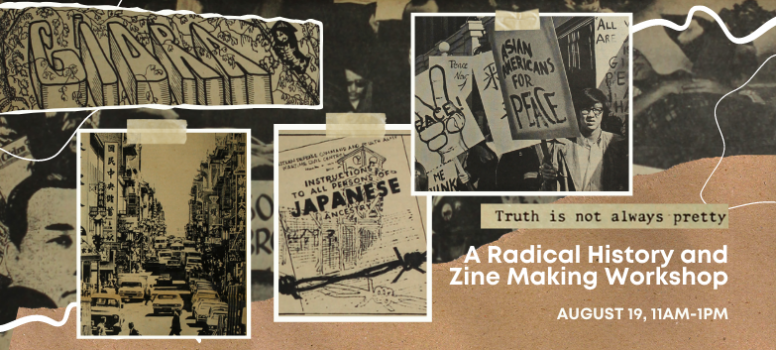
“Truth Is Not Always Pretty”: A Radical History and Zine Making Workshop
High school students (ages 14-18) are invited to join Densho for a hands-on history and zine-making workshop on August 19th, 2021. Drawing upon the lessons handed down to us from…
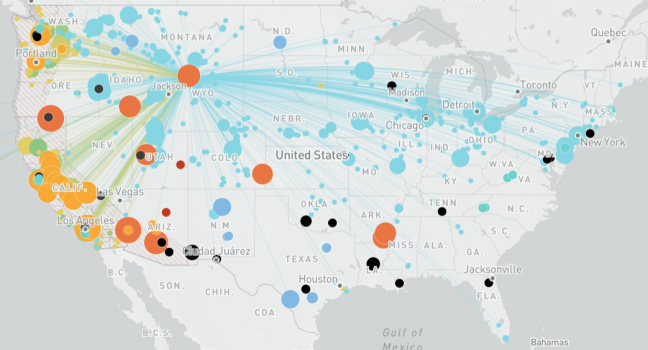
Sites of Shame traces the paths of Japanese Americans forced into camps during WWII
Joe Yasutake was only nine years old when his father was apprehended by the FBI and interned as an enemy alien. In a matter of hours following the attack on…
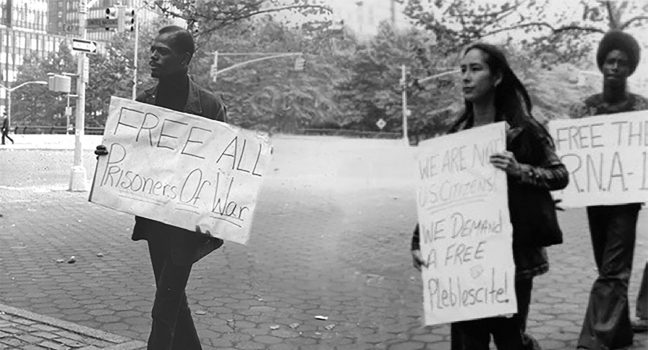
How the Asian American Movement Learned a Lesson in Liberation from the Black Panthers
As a musician, artist, and activist, Nobuko Miyamoto has long used art to create social change and solidarity across cultural borders. Her new memoir, Not Yo’ Butterfly: My Long Song…
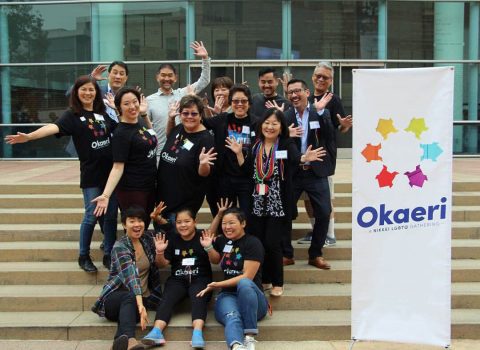
Okaeri wants a world where all LGBTQ+ Nikkei feel safe, loved, and at home
Okaeri is a Los Angeles-based resource and support group whose mission is to create visibility, compassionate spaces, and transformation for LGBTQ+ Nikkei and their families by sharing our stories and…

Where to Learn the Queer Asian American History You Absolutely Missed in School
Let’s face it. It’s hard to find queer voices within Asian American history. They’re often erased from both mainstream (read: white) LGBTQ and Asian American narratives — but thanks to…
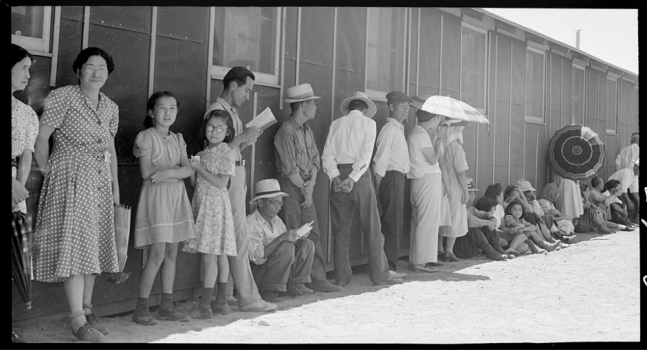
Ask a Historian: How Many Japanese Americans Were Incarcerated During WWII?
Do you have a burning question about Japanese American history? A piece of family lore you’re not sure is myth or fact? Brian Niiya, Densho’s Content Director and basically a…
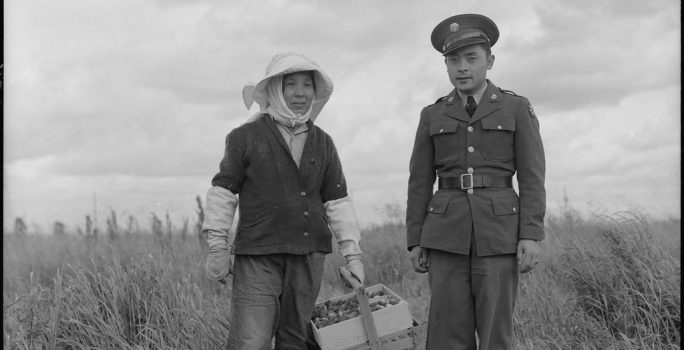
Issei Mothers Played an Important—and Largely Forgotten—Role in the Japanese American Draft Resistance Movement
The resistance of nearly 300 young men who refused to be drafted into the U.S. military out of U.S. concentration camps has become a prominent part of the Japanese American…
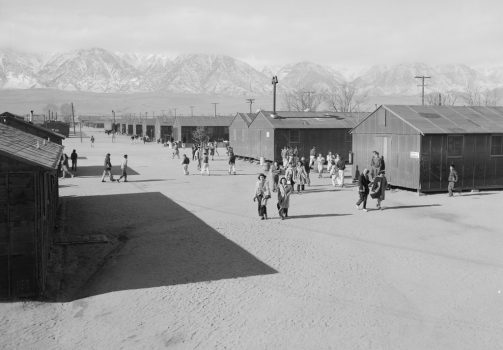
A Mattress Factory, Female Administrators, and Other Unusual Things About Manzanar
The first of America’s WWII concentration camps to be built, Manzanar was first at a lot of other things as well: the first to have an official historic marker, the…

A Tribute to Fred Shiosaki’s Remarkable Legacy
Fred Shiosaki was a remarkable man who led a remarkable life. We are deeply saddened to learn that he recently passed away — but incredibly grateful for the legacy he…

In Conversation: Artists Lauren Iida and Erin Shigaki
Earlier this year, Densho artist-in-residence Lauren Iida sat down with Erin Shigaki — a longtime Densho friend, designer, and artist — for a conversation about how their art is influenced…
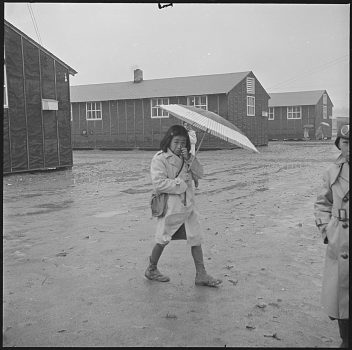
Grilled Rattlesnake, Missing Toilets, and Other Things You Might Not Know about Jerome
One of two camps located in southeastern Arkansas—and less than thirty miles from Rohwer, the other such camp—Jerome was the earliest WRA camp to close, shutting down at the end…

Anti-Asian Violence Isn’t Un-American. It’s a Racist Tradition That Goes Back Over 150 Years.
In the wake of the heinous murders in Atlanta and a sharp uptick in anti-Asian hate crimes, Congress held its first hearings on discrimination against Asians in more than 30 years. Among…

At 90 years old, Chizu Omori is still fighting for justice
Activist and filmmaker Chizu Omori has spent most of her life advocating for the rights of marginalized peoples. And at the age of 90, she shows no sign of slowing…
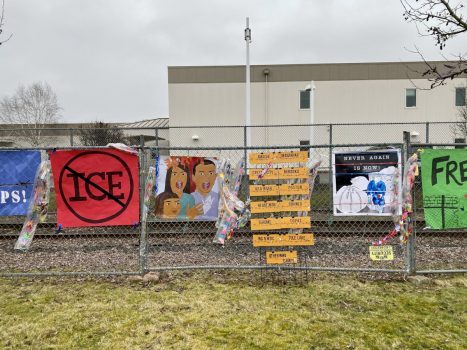
Photo Essay: Day of Remembrance Caravan from Puyallup to Northwest Detention Center
This past weekend, we joined our friends at Tsuru for Solidarity for a Day of Remembrance caravan from the Puyallup Fairgrounds to Tacoma’s Northwest Detention Center. About 60 cars bearing…

Dive into These YA Books on the Wartime Incarceration of Japanese Americans
In recent decades, many new books on the wartime experience of Japanese Americans have filled the shelves of bookstores and libraries. Of this ever-growing new crop of titles, many are…
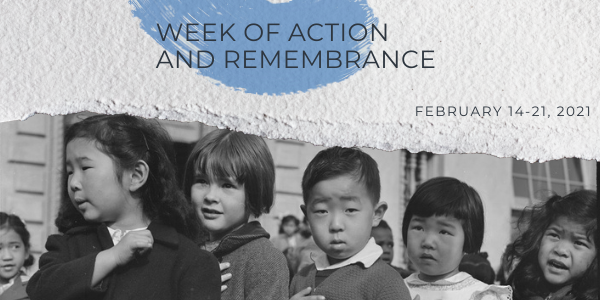
Join Densho for a Week of Action and Remembrance
This year we mark the anniversary of Executive Order 9066 with a full week of action and remembrance. Join us each day between February 14th and 21st as we dig…
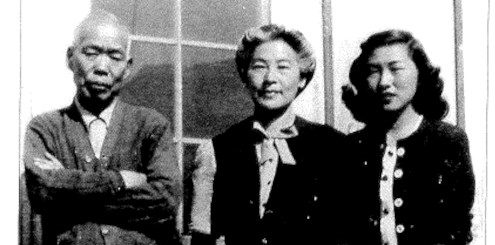
Meet the Sansei Researcher Exploring the Intergenerational Impacts of Japanese American Incarceration
Once a taboo topic, the impacts of WWII incarceration on Japanese Americans who lived through it are well-documented and widely acknowledged today. Donna K. Nagata, a psychology professor at the…
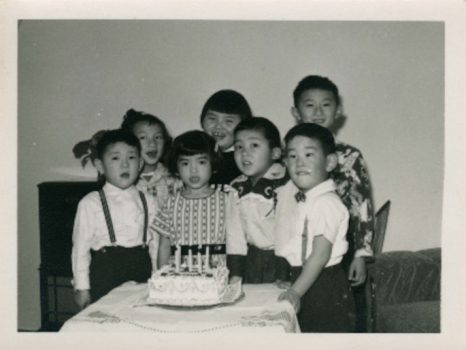
Nisei Notables Who Would Have Turned 100 in 2021
1921 likely marked the peak year of Nisei births in the continental US. So with the arrival of 2021, there are a whole host of Nisei artists, activists, performers, civil…
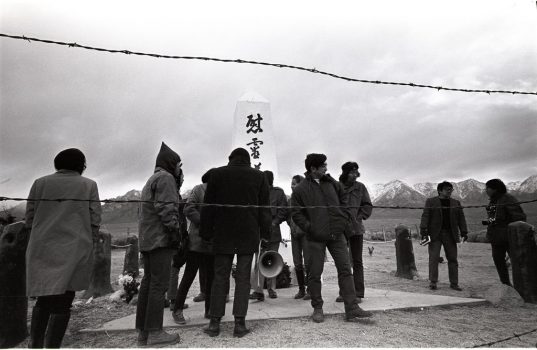
Photo Essay: The First Manzanar Pilgrimage
On December 27, 1969, an intergenerational group of Issei, Nisei, Sansei, and a few Yonsei made the 220-mile trek from Los Angeles to Manzanar. It was the first organized pilgrimage…

Someone Tell Rep. Clay Higgins that Being Mad about the Election Results Is Not the Same Thing as Being in a Concentration Camp
Last week, Louisiana congressman Clay Higgins upped the ante on GOP claims that the recent presidential election was “stolen” by voter fraud, going so far as to compare it to…

Photo Essay: Yoshio Okumoto’s Views of Life in Heart Mountain
Many of the “iconic” photos of Japanese American incarceration that we are most familiar with today were taken by white photographers who worked as outsiders looking in. But, as the…
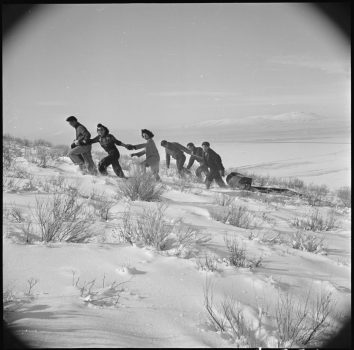
Winter Events Calendar
Looking for ways to stay cozy and connected as the weather gets colder? Here’s a list of upcoming digital events offered by Densho and other community partners this winter. We’ll…
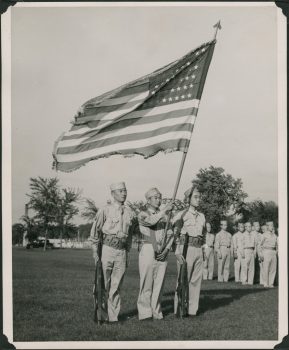
Photo Essay: Japanese American Military Service during WWII
Despite facing extreme race-based scrutiny and suspicion, Japanese Americans served in the U.S. military during WWII in disproportionate numbers—even as many of their families were stuck in government-run concentration camps….